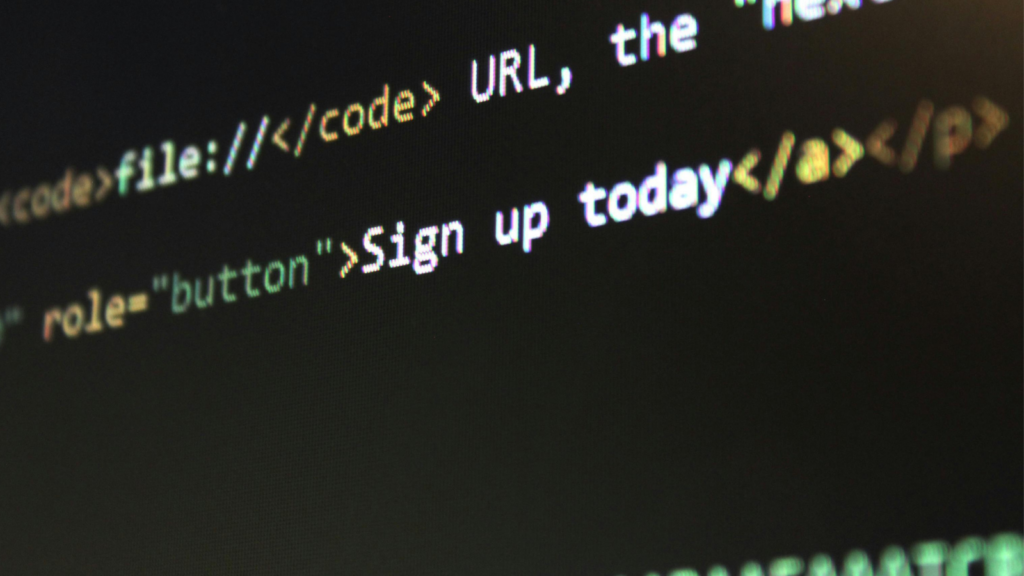GUI, or Graphical User Interface, is the visual part of a software application that users interact with. It’s what makes software user-friendly, transforming lines of code into clickable buttons and interactive screens. This article will explore the ins and outs of GUI development, shedding light on its importance in our digital age.
GUI Development
The Beginning of Graphical User Interfaces
Graphical User Interfaces (GUIs) trace their roots back to the 1970s, specifically 1973 when Xerox Corporation’s Palo Alto Research Center (PARC) introduced the Xerox Alto. This revolutionary machine signaled a shift from the prominent use of command-line interfaces, replacing typed commands with visual icons and menus on a screen.
The Xerox Alto, although not mass-produced, set the stage for future computers. It presented icons, windows, and a cursor controlled by a mouse, aspects that have become synonymous with modern computing. The value of a user-friendly interface was duly noted, and more emphasis was put into the development of GUI, giving birth to a new era of human-computer interaction.
Major Milestones and Innovations

Over the years, GUI development has seen numerous advancements. Apple, an industry giant, launched the Apple Lisa in 1983. It was the first GUI-based personal computer and laid the foundation for future Apple products. Two years later, in 1985, Microsoft brought forth Microsoft Windows, an extension of MS-DOS that brought GUI capabilities to IBM-compatible computers.
In ’84, Apple introduced the Macintosh computer, which came with MacPaint, a landmark application that showcased the potentials of GUIs in creative and artistic properties. These milestones highlighted the evolution and growth of GUI development.
Further notable advancements in GUI development include IBM’s OS/2 Presentation Manager in 1987 and Microsoft’s Windows 95 in 1995, introducing the “Start” button – a feature that has since become a mainstay of Windows operating systems.
Key Tools in Modern GUI Development
GUI Frameworks and Libraries
Frameworks and Libraries play a fundamental role in GUI development, acting as pre-made sets of code to help developers create consistent, efficient, and scalable applications. Notable examples of these include Qt, Flutter, and Gtk+.
- Qt, a comprehensive cross-platform framework, enables developers to produce high-performance applications on numerous platforms such as macOS, Windows, and Linux.
- Flutter, a kit crafted by Google, aims at creating beautiful, natively compiled applications from a single codebase, covering mobile, web, and desktop platforms.
- Gtk+, a multi-platform toolkit, facilitates the creation of graphical user interfaces by offering a complete set of widgets.
IDEs and Design Tools

IDEs (Integrated Development Environment) and Design Tools infuse efficiency in GUI development by offering a programmer-friendly workspace. Known examples are Microsoft Visual Studio, Xcode, and PyCharm.
- Microsoft Visual Studio, a suite from Microsoft, hosts a rich set of development tools assisting in app development for Windows, Android, iOS, and web.
- Xcode, Apple’s exclusive IDE, focuses solely on products for macOS, iOS, watchOS, and tvOS.
- PyCharm, a Python IDE from JetBrains, incorporates features like intelligent code completion, on-the-fly error checking, and quick-fix suggestions.
Future Trends in GUI Development
The Role of AI and Machine Learning

Artificial Intelligence (AI) and Machine Learning (ML) constitute the next frontier in the development of GUI. AI’s introduction in GUI development isn’t a novelty, but the extent of AI’s integration is intensifying. GUI creators are integrating AI and ML to develop adaptive interfaces, interfaces which adapt dynamically to a user’s usage patterns and preferences, reducing the effort required by the user. For instance, AI-based chatbots, employed by companies like Facebook and PayPal, provide personalized user experiences and streamline the interface navigation process.
A significant role of ML in GUI development lies in predictive UI. Predictive UI employs algorithms that learn from the user’s prior interactions and automatically adjust the interface to deliver an increasingly comfortable and efficient user experience. Grammarly, a writing tool, exemplifies predictive UI by suggesting corrections based on the user’s writing style.
The Ins and Outs of GUI Development
It’s clear that GUI development has come a long way since its inception in the 1970s. With modern tools like Qt and Microsoft Visual Studio, developers are equipped to create more intuitive and user-friendly interfaces. The potential for growth and innovation is immense, promising a future where interfaces are more personalized, predictive, and efficient.
